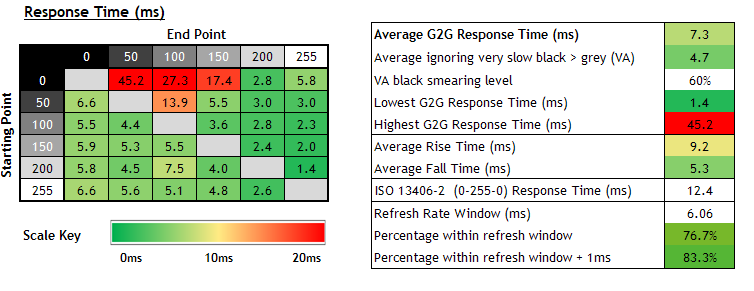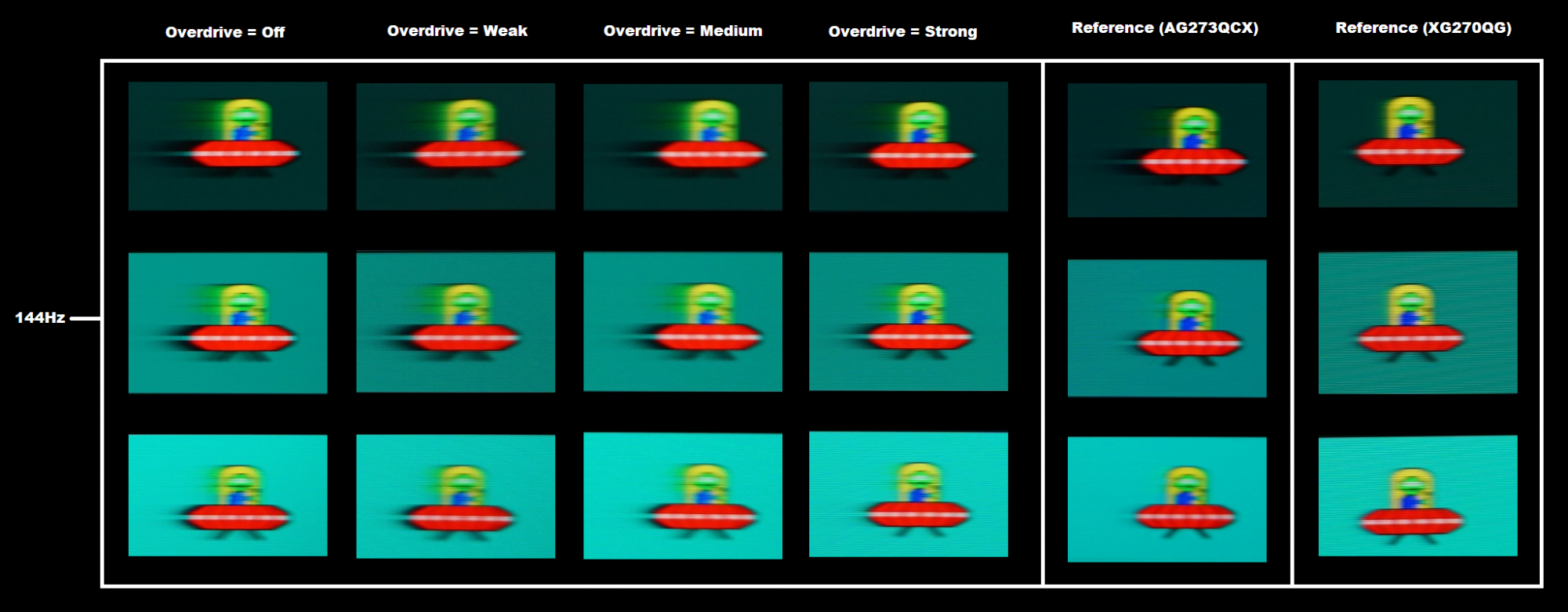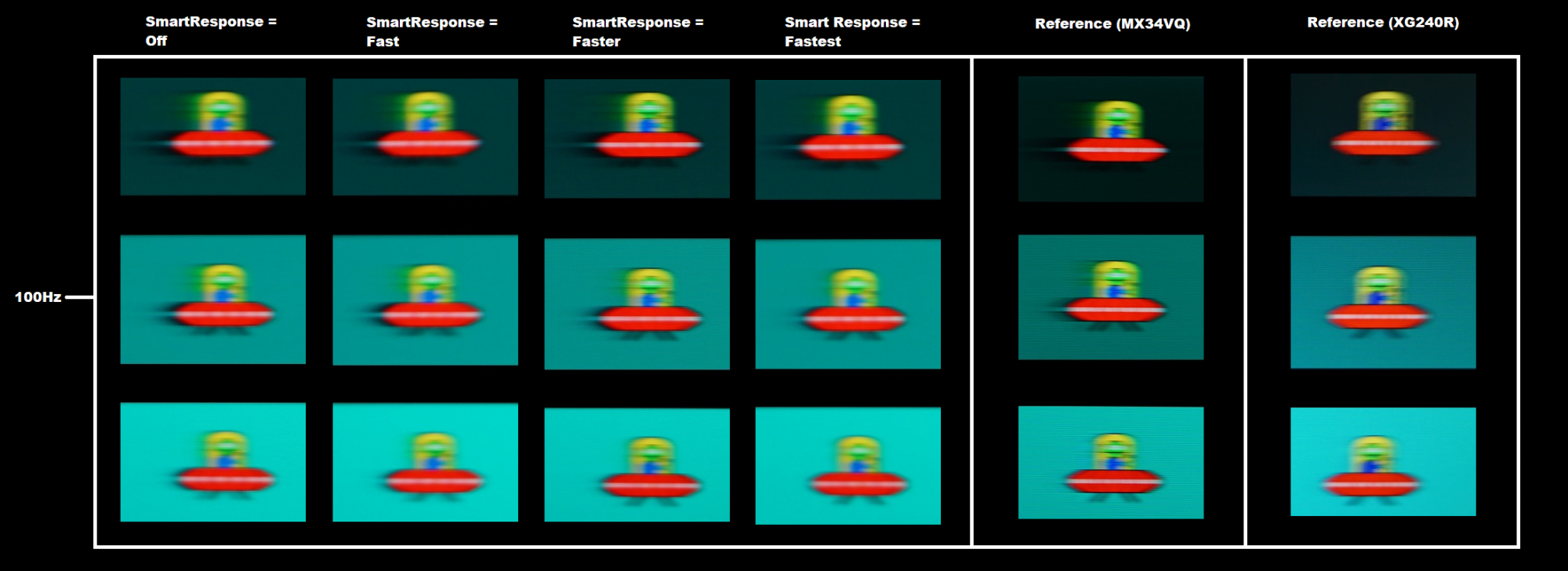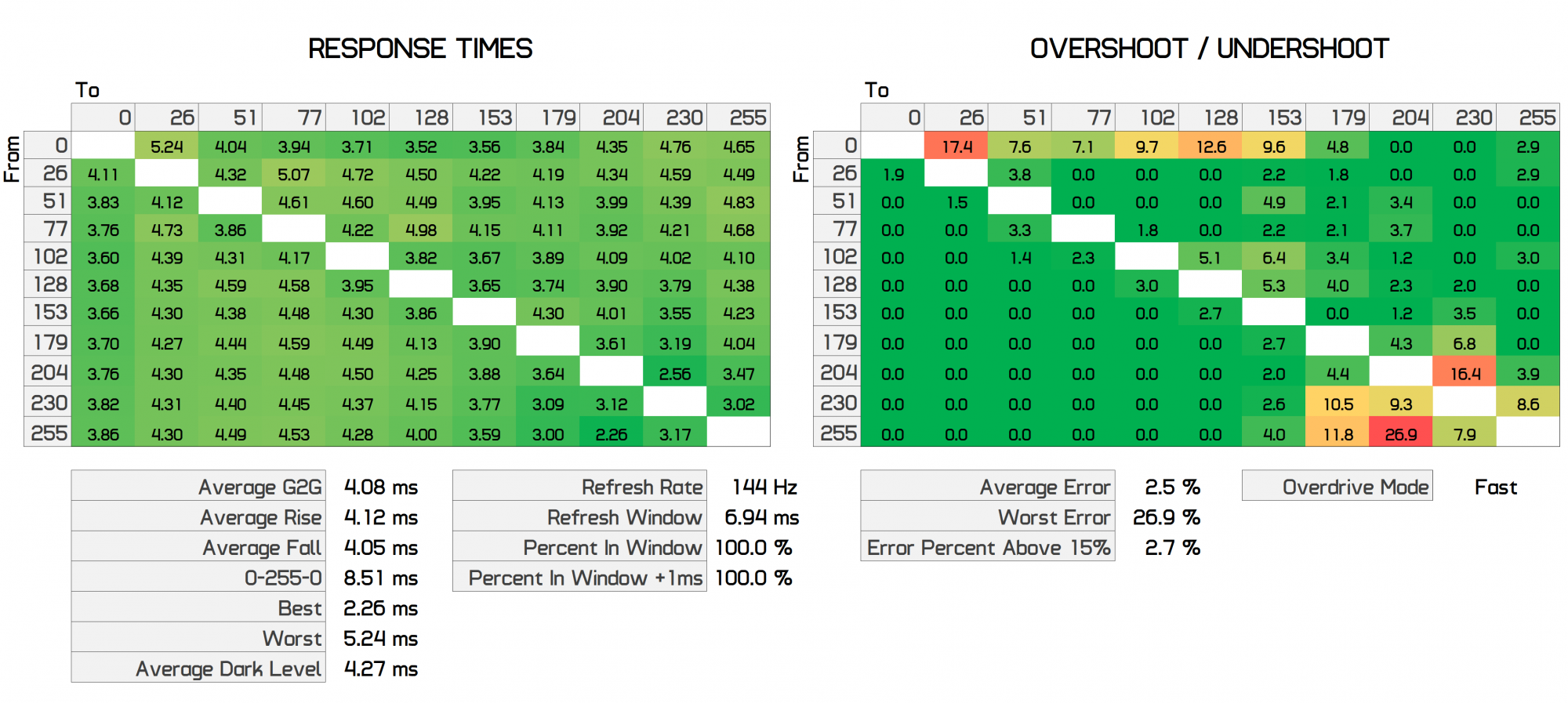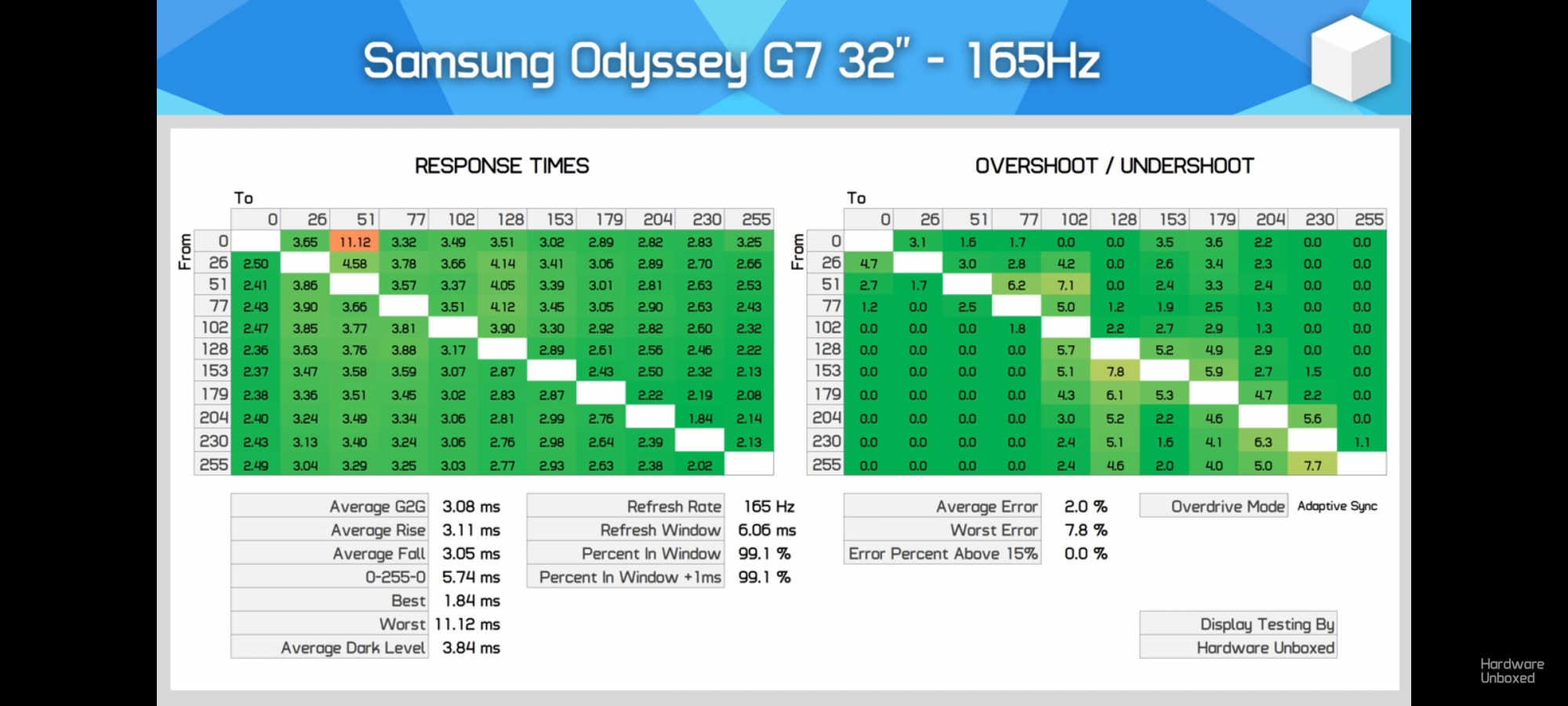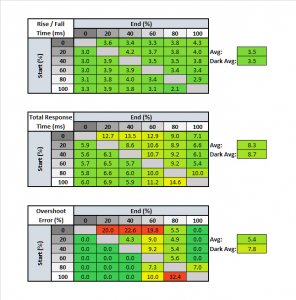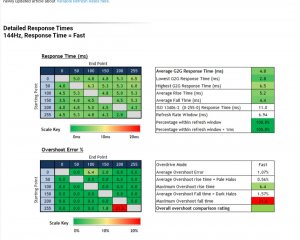Nobody is trolling. Most are just cautious with manufacturer claims, because most were burned before by those. Those comparisons come from TFTCentral, a reputable review site that mostly gets things right. I've been burned by VAs that got good reviews there as well, with no mention of visible ghosting which ended up ghosting badly in person. Display tech is very rarely jumping big steps in 1 year. Hell, VA haven't managed to solve ghosting in the last 20 years, so excuse us for being skeptic until reputable sites actually report on there being an actual break through...
what you are saying is different than what he is saying, he's purposely posting false information, i looked at his history, he's been here for a while and knows things, so he's not dumb to post wrong info.
I can care less what brand monitor it is, or if its va, ips, tn, oled. I bought this based on what other owners were saying in Asia, they had theirs much earlier than here in US, it had great results and specs that i been wanting for so long, so i went to Bestbuy and got one, and everything that was said about it was true, and kept it.
i own the monitor and everything he's saying is wrong, so lets see if he keeps posting nonsense based off some 1080p lower end model from last year.
Don't get me wrong, i know about VA drawbacks, if this thing performed like some other VA panels with trailing, ghosting, black smearing etc, i would of returned it the same day. But it truly is an awesome gaming monitor.
Last edited:
![[H]ard|Forum](/styles/hardforum/xenforo/logo_dark.png)

